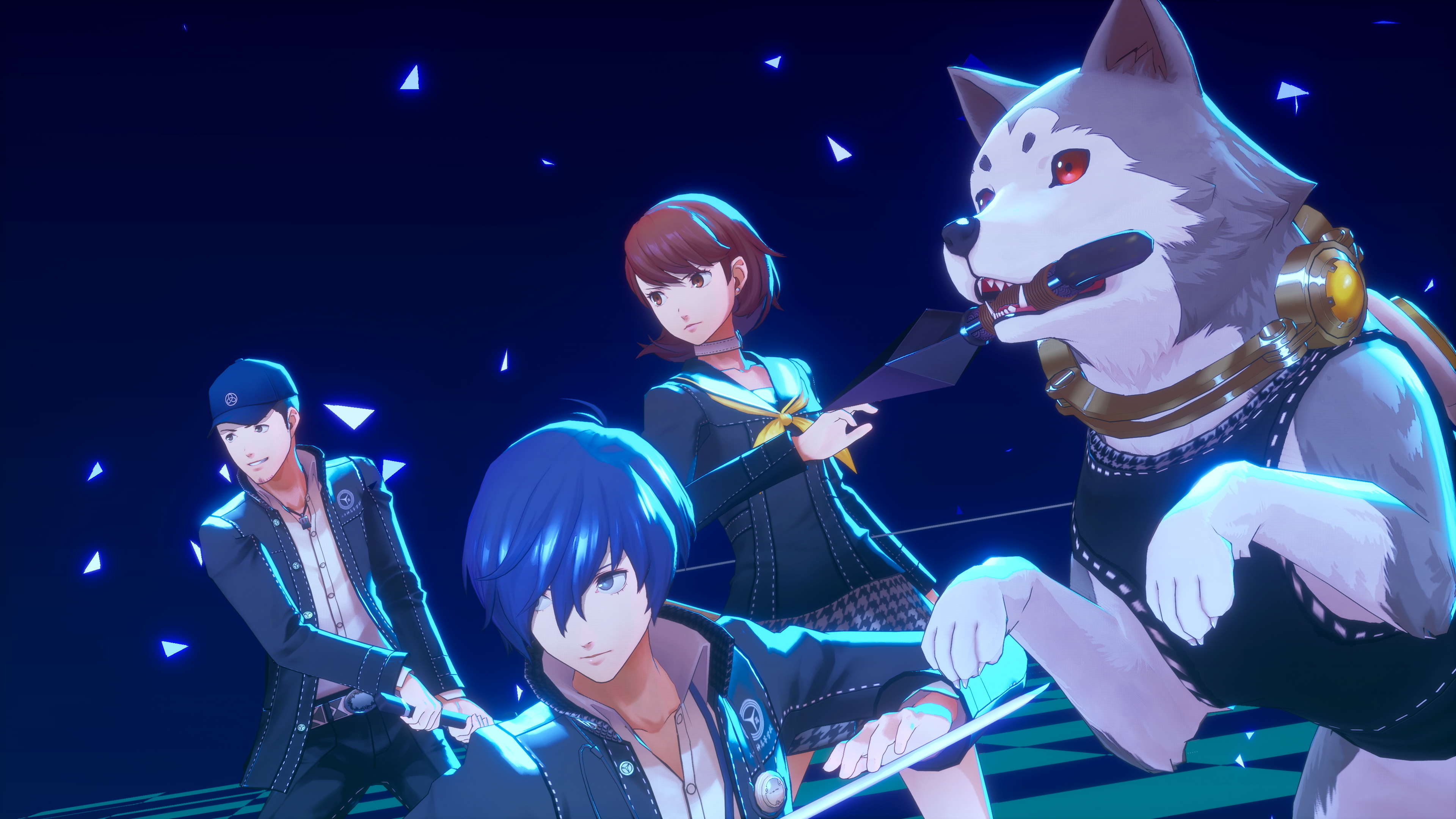Persona 3 Reload's New Visuals Are The Worst Thing About It

Persona 3 is timeless, but also a relic of its time. Atlus’ 2006 RPG masterpiece touched on a societal malaise within Japan, and the struggles of young people failing to fit in, fighting back against myriad systems that want nothing but for them to stand in line and be who this world deems them to be. It was Saved By The Bell meets Serial Experiments Lain, mixing the grim tone of past games with an ultra-cool millennial vibe unafraid to be both macabre and funny.
It’s a visual identity that remained intact with the release of Persona FES and Portable, and the future anime adaptations and spin-offs like Dancing In Moonlight also kept its aesthetics mostly intact. But as rumours of a remake swirled in the wake of Persona 5’s global stardom, it was only a matter of time until this masterpiece of the noughties was brought back to life.
Before I explore Persona 3 Reload and the changes, both positive and negative, it makes to the original game, it’s important to consider how exactly Shin Megami Tensei has changed in the years since Persona rightfully eclipsed it. What began as a niche beloved series of RPGs had slowly begun to make headway outside Japan, with entries like Shin Megami Tensei 3: Nocturne and Persona 2: Innocent Sin attracting a cult following of fans that would soon expand into something much larger.
Persona 3 was the turning point, and it also debuted the social sim/dungeon crawler formula that persists to this day. So it went down in history, and the years that followed saw it receive updates, expansions, anime films, and more. And then Persona 4 came out and did it all over again. When the stage was set for Persona 5, we knew it was going to be a big deal. A globally dominating million seller which had the perfect foundation to build upon. Given that we’re still receiving spin-offs seven years later, I’d say it was a success.
Coming back to Persona 3 was always going to reshape the classic in the form of everything that succeeded it. The streamlined social interactions and turn-based combat of Persona 4 are apparent, while 5’s excessive yet beautifully executed stylistic flair is all over Reload. It is an accomplished RPG by every conceivable metric, but it is also incredibly different to the trio of games that inspired this remake in the first place. It is brighter, smarter, and slightly unsure of what it wants to be. Not to say it’s a bad game, far from it actually, but it isn’t the lesson in societal malaise and emotional turmoil I fell in love with as a teenager.
The more I think about it though, I realise that trying to recapture what Persona 3 was to so many of us was always going to be impossible. While Atlus still decides to set the remake in 2009 with flip phones, CRT televisions, and the teething days of the internet, but with modern visuals and mechanical sensibilities, that energy is replaced by something more tangible. No longer is the atmosphere drenched in grunge, Persona 3’s bleak narrative themes and gothic imagery emphasised by the harsh static emanating from a CRT television, or the disc-based hums of a struggling PlayStation 2.
Like all of the best art, Persona 3 was a product of its time in the best possible way. It’d taken influences from contemporary anime and television, while simultaneously eager to establish its own visual identity that built upon Shin Megami Tensei and made it daringly relatable to Japanese youth at the time, even if it meant harrowing depictions of suicide, misogyny, and parts of growing up that nobody wanted to face. It did, warts and all, and decades later it’s difficult to recreate that without lessening the impact. I don’t believe in Persona losing its way so much as it adapted to the audience it was now shackled to, a more global, indistinguishable nest of players who preferred likeable and charming faces over themes of existential nihilism and struggling to blow one’s brains out. What a time...
Even Dancing in Moonlight, which saw the cast return for the first time in years to bust a move to the beloved soundtrack, felt like much of the original vision was sanitised. Gorgeous visuals and poppy tunes replaced the bleak presentation of the PS2 original, and we knew that whatever remake was poised to emerge would take inspiration from this much more than anything else. Atlus even confirmed it has used assets from the dancing game within Reload, which makes perfect sense all things considered. You can see the end result of Atlus’ experimentation all over Reload, even if it meant replacing once-hardened graphics with ultra-polished character portraits and environments which are luscious, yet so bland.
Persona 3 Reload will never be definitive because it not only lacks the additions of FES and Portable, but it also misunderstands the initial appeal of the original game, whether that be with its timeless visuals or groundbreaking narrative. There is something lost in this remake even if, on most accounts, it's as good as we could have ever hoped.
Next: Persona 3 Portable Was The First Step On My Trans Journey













